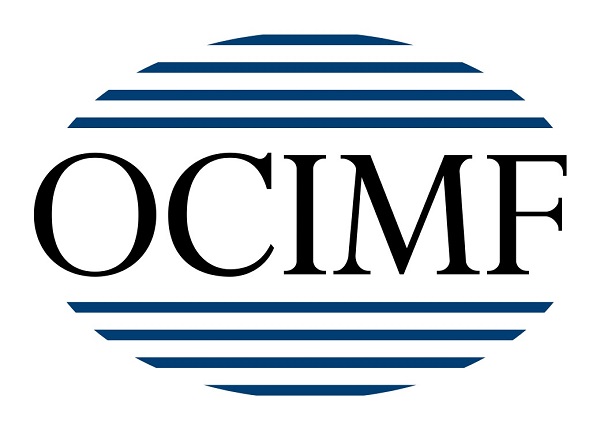Inmarsat is looking for next generation vessel services that can use the growing amount of satellite bandwidth becoming available to shipping
Ronald Spithout, president Inmarsat Marine gave the keynote in the Nor Shipping disruptive talk on the future of satellite communications. Joining him on the panel were Frank Støyva Emblem, communications manager Blue Maritime Cluster; Inge Sandvik, chief digital officer, Wilh Wilhelmsen; and Mike Konstantinidis, CEO, Metis Cyberspace Technology
Can new business and crew applications be successfully developed and can established suppliers adapt to meet the opportunities? Are fast and cheap the only two factors needed to enable new ideas and solutions to emerge? If not, what other elements are needed for a new way of communicating?
Ronald Spithout began the discussion by asking why satellite in particular is relevant to today´s digital society. Spithout believes today´s mobility demands make this form of communications technology so vital. The latest generation of Inmarsat satellite systems have reliability rates of 99.99% and this enables a “pervasive connectivity” that is not reliant on national borders or location. This is becoming ever more important as software and devices require increasing frequencies of updates. Satellites´ “one-to-many” capabilities are ideally suited to this.
And a growing number of software suppliers and equipment manufacturers are using the increased bandwidth and Inmarsat´s Fleet Xpress gateway package to access onboard systems, both to provide updates and to carry out system monitoring. Spithout envisages a future where the likes of engine manufacturers will buy bandwidth to monitor their onboard equipment over the product´s lifetime.
Another important development he sees is dynamic bandwidth, where different users can access varying amounts of connectivity and speed as and when it is needed, such as telemedicine operators in an onboard medical situation.
However, Spithout believes there has been too many blockages in the maritime connectivity race so far, and this has held up the development of big data, business applications and the internet of things.
Panel
Frank Støyva Emblem, communications manager at Blue Maritime Cluster on Norway´s west coast, sees the benefits of increased onboard bandwidth. He gave the example of remote-control subsea operations.
“The more bandwidth we get, the more we can do,” he explained.
Inge Sandvik, chief digital officer at Wilh Wilhelmsen also sees a lot of opportunity with increased connectivity. But he is also mindful of the need to be vigilant over cyber security. He believes that there will be a need for new encryption technology when the industry adds more connectivity such as onboard systems, which could be targets for hacking.
Mike Konstantinidis, CEO of Metis Cyberspace Technology, highlighted the importance of always-on connectivity in relation to the monitoring of onboard data. Now the infrastructure is in place, the industry can start to build value-added services, he says. Being able to spot bad data is part and parcel of this, he added.
So are communications providers such as Inmarsat the enablers of a new maritime disruption?
Ronald Spithout believes they are.
“We don´t know which platforms will disrupt but we will have the connectivity there to enable all these things,” he said.
The Video

































